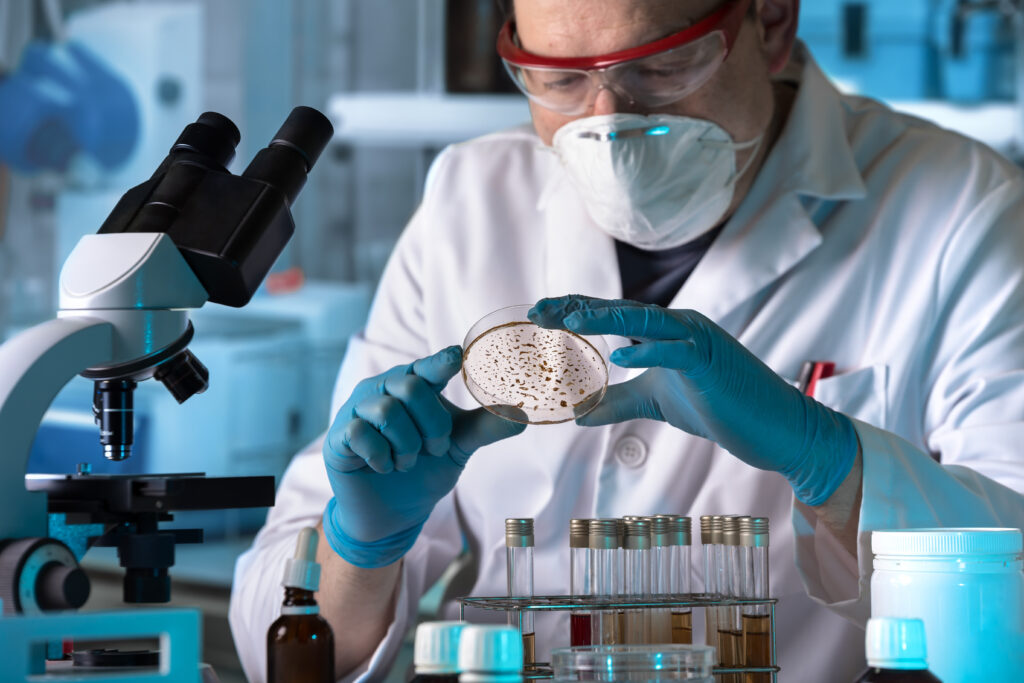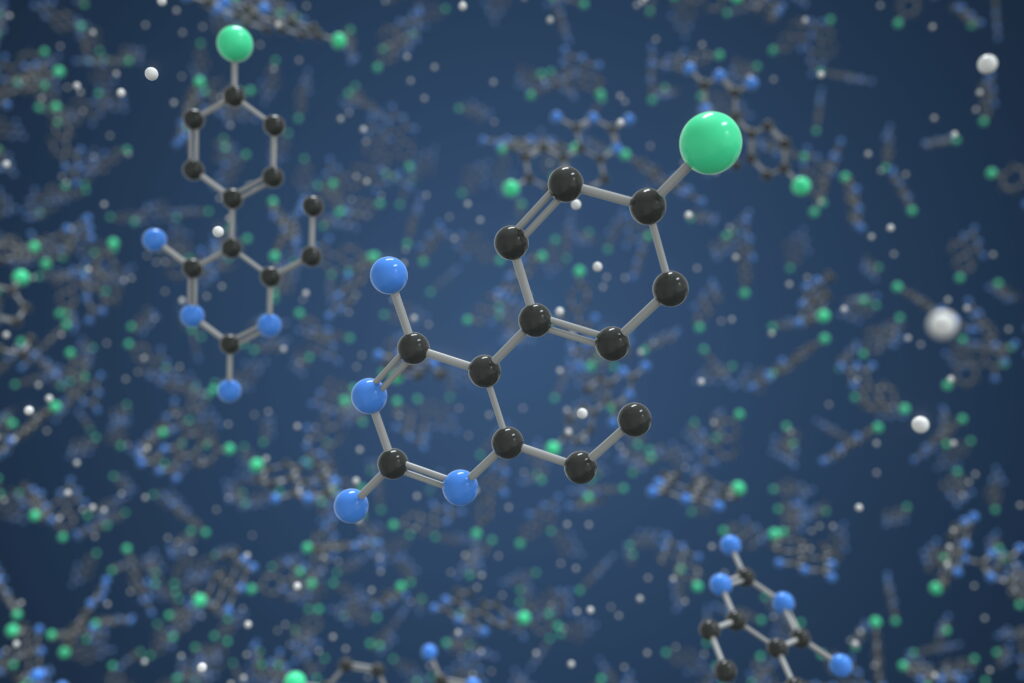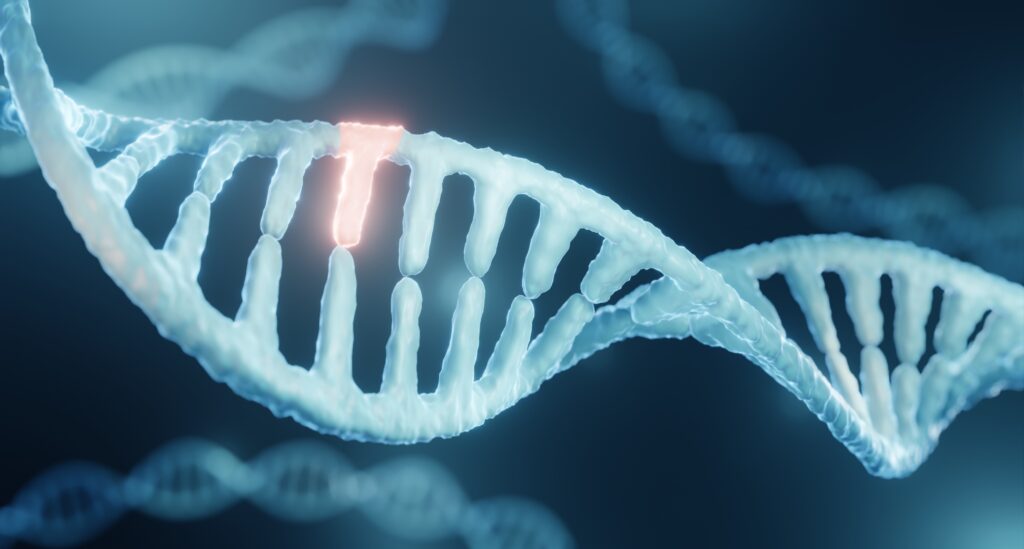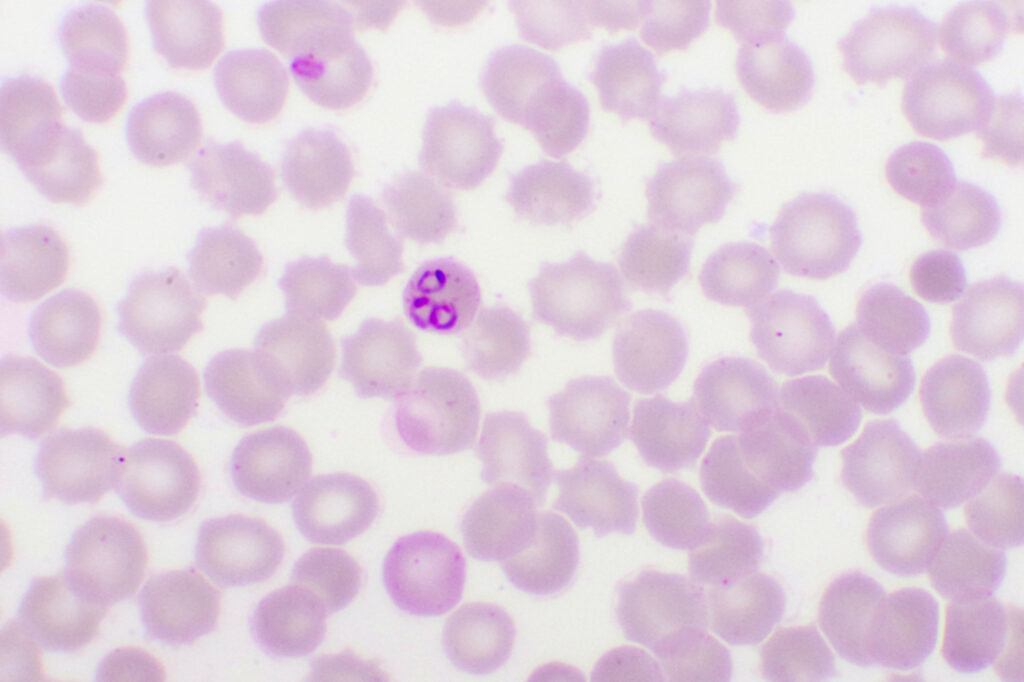
Letter to Science
The May 1st issue of Science contains a “News Focus” article entitled “On the Origin of the Immune System.” While describing some current work in the area the author, John Travis, makes liberal use of myself as an unreasonably-skeptical foil. I wrote a letter to the editor of Science pointing out inaccuracies in the story but, gee whiz, they didn’t think the letter would be of sufficient interest to their readers to print it. Below I reproduce the unpublished letter for those who might be interested in my reaction to the article. To the editor: In his article “On the Origin of the Immune System” (Science, May 1, 2009) John Travis makes the same mistake as did the judge in the 2005 Dover trial Read More ›





